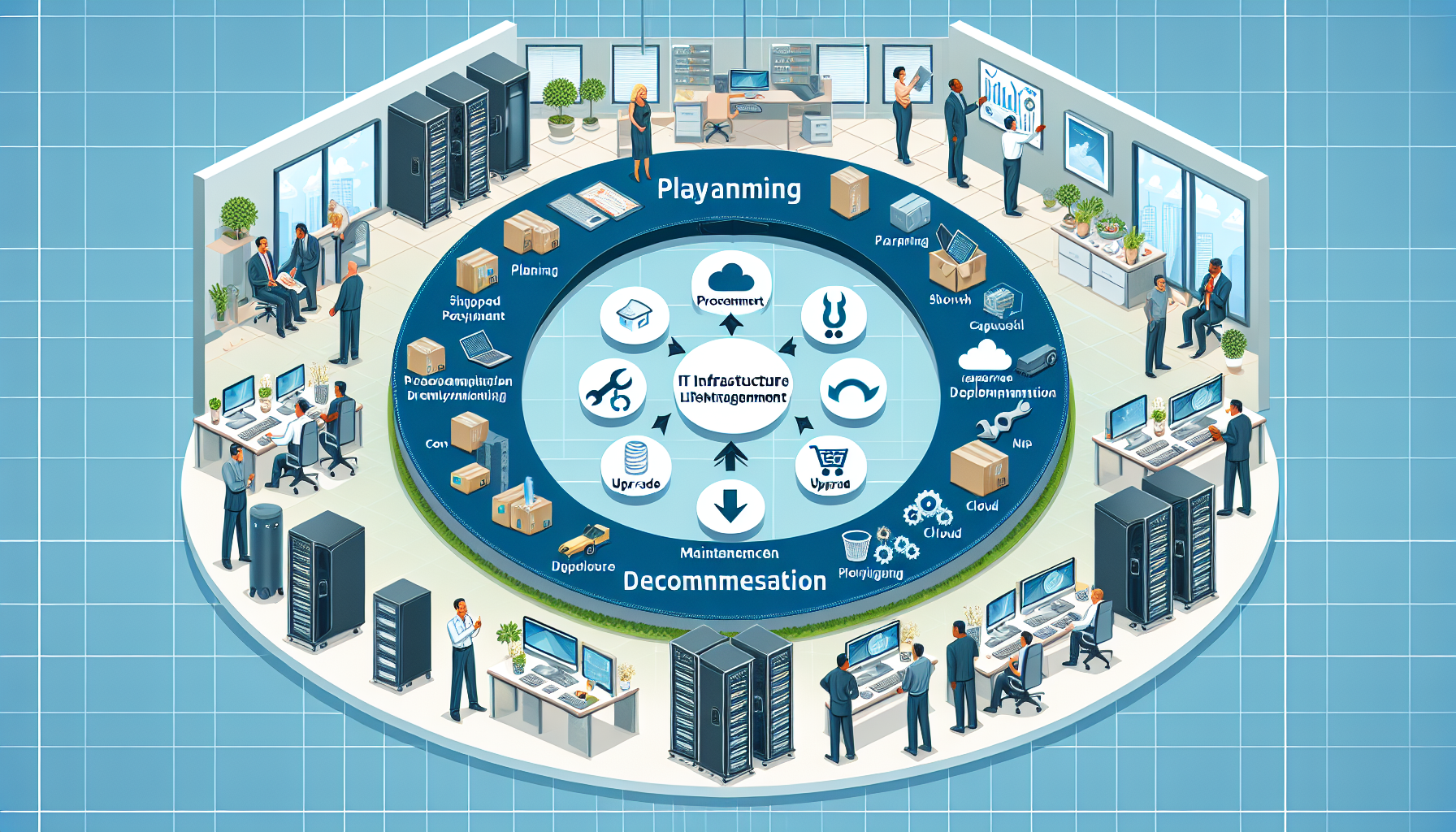How do I configure iptables or firewalld for specific port forwarding on Linux?
Configuring iptables and firewalld for Specific Port Forwarding on Linux – A Step-by-Step Guide from Real-World Experience Port forwarding is a critical feature in enterprise Linux environments, especially when exposing services behind NAT or redirecting traffic between internal and external networks. In my experience managing datacenter firewalls and Linux gateways, misconfigured rules often cause downtime […]




